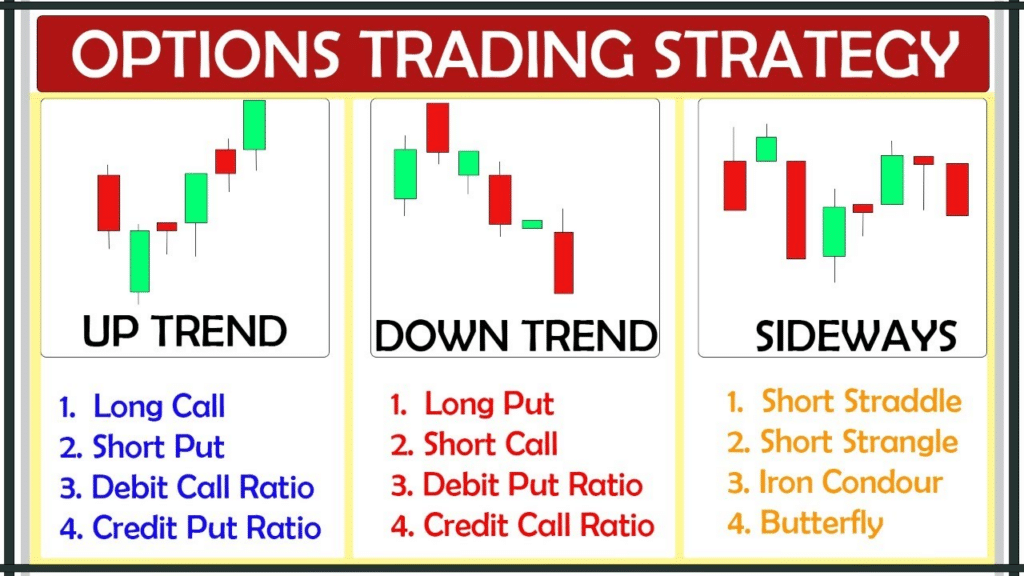Options trading is a multifaceted investment strategy that involves buying or selling contracts granting the holder the right, but not the obligation, to buy or sell an underlying asset at a specified price on or before a specific date. To navigate this complex realm, it’s essential to master the language of options trading, a lexicon of terms that define the intricacies of this financial instrument.

Image: www.visualcapitalist.com
Strikes and Premiums: The Cornerstones of Options
At the heart of options trading lies the strike price, the predetermined price at which the underlying asset can be bought or sold. The premium, on the other hand, represents the price paid to acquire an option contract, akin to an insurance policy for the potential profit or loss associated with the underlying asset’s price fluctuations.
Exploring Option Types: Calls and Puts
When delving into the realm of options, two primary types emerge: call options and put options. Call options convey the right to buy the underlying asset at the strike price, while put options grant the right to sell. These versatile instruments empower traders to speculate on the future direction of an asset’s price, enabling them to potentially profit from both rising and falling markets.
Anatomy of an Option Contract: Key Attributes
Unveiling the intricacies of an option contract reveals a tapestry of essential attributes. The expiration date denotes the final day on which the option can be exercised, marking the culmination of the contract’s lifespan. The underlying asset serves as the financial instrument being traded, whether it be a stock, bond, commodity, or index.
The Greeks: Measuring Options Risk and Return
Quantifying the risk and return associated with options trading requires an understanding of the Greeks, a collection of metrics that measure sensitivity to various factors. Delta, for instance, gauges the impact of changes in the underlying asset’s price on the option’s value, while theta measures the decay in an option’s value as it nears expiration. Mastering these Greek letters empowers traders to make informed decisions amid market uncertainties.
Hedging Strategies: Mitigating Risk with Options
Options not only facilitate speculative trading but also offer a powerful tool for hedging against risk. By employing strategies such as protective puts or covered calls, traders can safeguard their portfolios from adverse price movements, effectively reducing their exposure to potential losses.
Embracing the Power of Options
Venturing into the world of options trading requires a thorough understanding of its terminology, the very language that unlocks its complexities. By equipping yourself with this knowledge, you empower yourself to harness the potential of options, navigate market fluctuations with confidence, and potentially reap the rewards of informed investment decisions.
In conclusion, mastering the terminology of options trading empowers you to unlock a world of financial possibilities, where calculated risks and strategic decisions converge to shape your investment journey. Embrace the language of options, delve into its nuances, and embark on a path towards informed trading.

Image: investgrail.com
Trading Options Terminology

Image: www.strike.money






